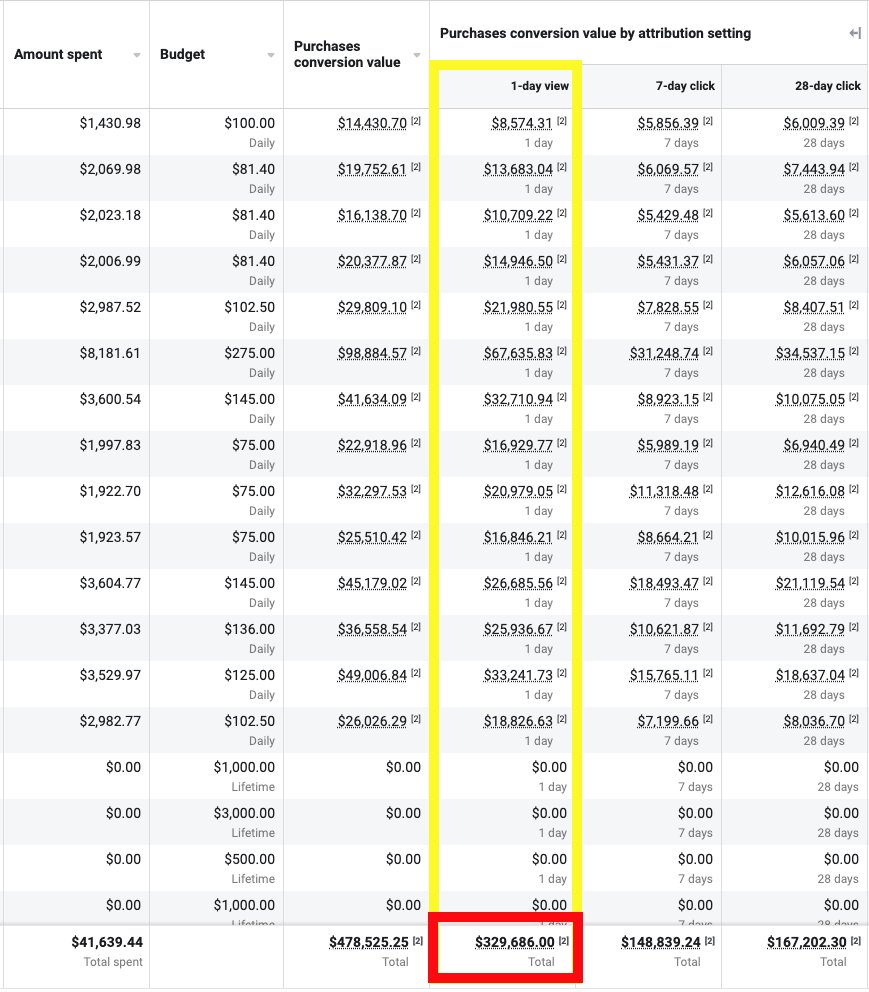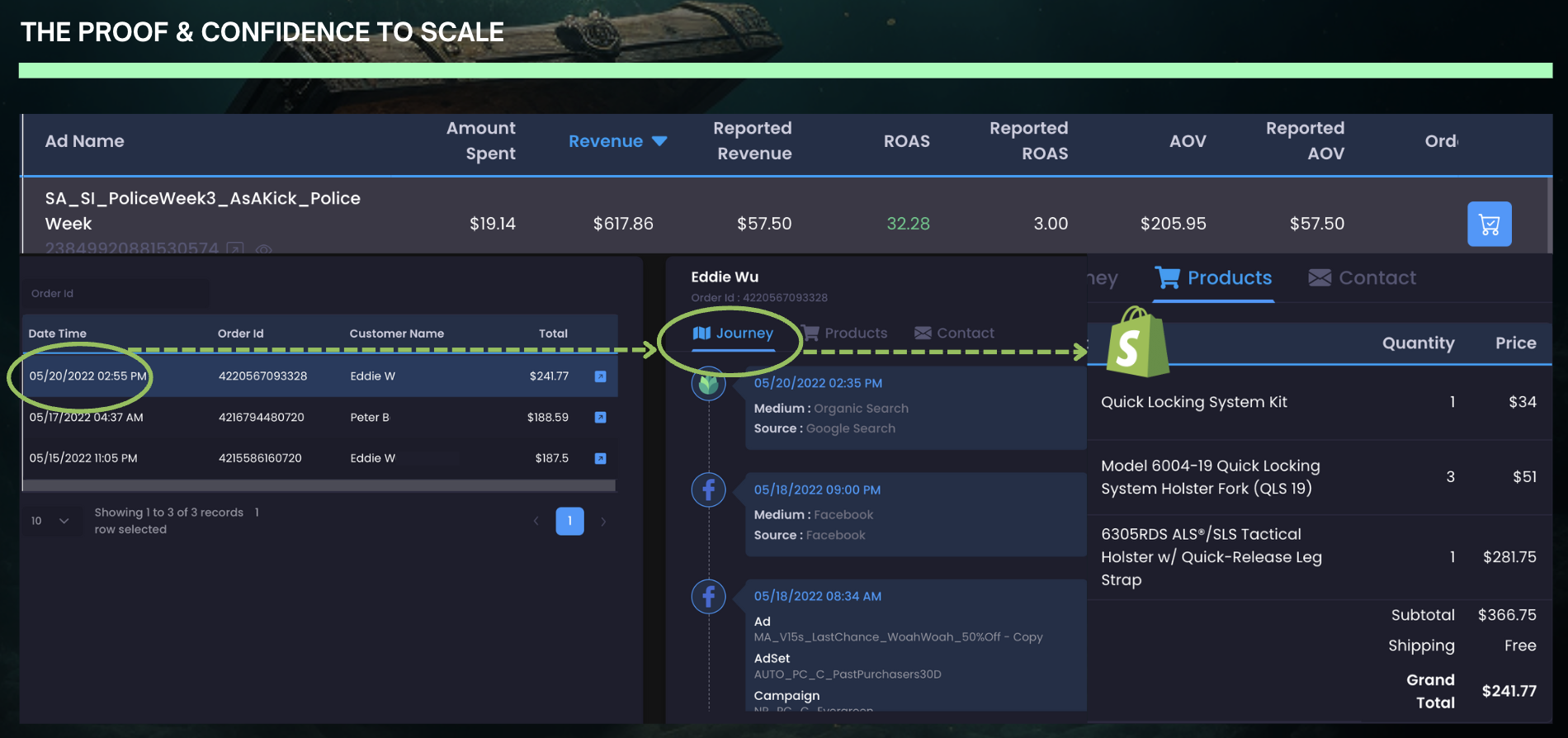
Attribution
| Owner | |
|---|---|
| Tags | Data & Analytics |
Understanding Attribution models
Understanding Attribution Models (written)
1. Introduction
The purpose of this SOP is to provide a comprehensive understanding of the attribution models available in AdBeacon, their applications, and how to interpret and utilize them effectively.
2. Attribution and Attribution Models Overview
Definition of attribution: The process of determining which touch points receive credit for a sale or lead within a specific timeframe.
3. Attribution Models in Ad Beacon
First Click Model
Attributes 100% of the credit to the first touchpoint in the customer journey. Useful for identifying top-of-funnel channels.
Last Click Model
Attributes 100% of the credit to the last touchpoint before conversion. Helps optimize conversion channels.
Full Impact Model
Attributes 100% credit to all touch points that contributed to a conversion. Offers detailed insights into each touchpoint's impact.
Linear Model
Distributes credit evenly across all touch points in the customer journey. Provides a holistic view of channel impact.
Lighthouse Model
Reports the total contribution of each channel without fractional credit. We call this “linear by channel.” Useful for understanding channel efficiency and ideal for campaign optimization.
4. Application of Attribution Models (when to best use them)
First Click Model
Ideal for understanding how customers discover or first interact with your product/brand. Keep in mind that this model ignores the customer journey after the first click/interaction.
Last Click Model
Ideal for understanding what channel/campaign/adset/ad customers clicked on right before the purchase. Last click is the last click before the conversion. Keep in mind that this model ignores the customer journey that led to the last click.
Full Impact Model
This model is the closest to how META attributes conversions. Keep in mind that this is a great comparison model to META. It also gives each touchpoint 100% credit, and will inflate the volume of orders and revenue reported in relation to your store.
Linear Model
Provides a holistic view of channel performance and assists in budget allocation. This model will add up to what your store numbers equate to because revenue is divided by clicks in the entire journey.
Lighthouse Model
Offers a clear representation of each channel's contribution without fractional credit. This model is ideal to understand channel impact, and does not inflate revenue or volume of orders reported. The AdBeacon team recommends that you use the Lighthouse model to optimize your ads.
Easy Breakdown of Attribution
Attribution, in the simplest terms, is who (what channel) gets credit for a sale/lead, within a given amount of time.
Click attribution: if someone clicked on your ad within a certain time period, that ad/channel gets credit for the sale
View attribution: if someone viewed your ad within a certain time period, that ad/channel gets credit for the sale.
Ex) 7 day click / 1 day view (METAs default)
This means, if someone clicked your ad within 7 days, or viewed you ad within 1 day, META will claim credit for the sale.
AdBeacon is a click attribution platform only
Understanding Why We Only Track & Report Click Attribution
Click attribution is based off a tangible click, in which we can track with the highest efficiency. Across all digital marketing platforms, the definition of a click is unanimous.
With AdBeacon’s fingerprint technology, pixel and tracking capabilities, every click that leads to a sale is present. This unlocks a clear view to the customer journey of what drove a sale/lead, therefore, boosting confidence in optimization decisions.
In the end, AdBeacon will only report what it can prove. Versus a “what could have happened” model.
Challenges with View Attribution
The definition of what is considered view attribution varies from platform to platform, which opens itself up to inconsistencies. Each advertising platform has a proprietary blend of metrics that they consider viable to assist in a sale, without a tangible click. This black box model does not give visibility to how attribution is measured, and therefore, is not a reliable source to make decisions.
It’s important to differentiate between view attribution and view metrics.
View attribution is credit for a sale/lead based on a propriety blend of metrics to claim credit for a sale
View metrics are distinct reporting metrics defined, and then reported. For example) view through, time viewed on ad etc.
Inflation of Reported Numbers
There are a few reasons why reported numbers in advertising platforms appear to either be missing or severely inflated
- View attribution
- Often the distribution of view attribution vs click is alarmingly disproportioned. Please see the visual example below, here, ~69% of the reported revenue in META is 1 day view ($329k of $478k). Whereas ~148k is attributed to clicking the ad within 7 days.

- Data privacy and regulations
- With ongoing regulations on how and what advertising platforms can track, targeting and reporting becomes more and more limiting. Therefore, it is common that conversions will be missed along the way
- Machine learning
- Advertising platforms will utilize machine learning and Ai to assist tracking. While it can help close the gap in reporting, it may not be the most accurate.
Proof of Customer Journey
AdBeacon fuels your advertising with tangible proof that your campaigns/channels assisted in the sale with the below breakdown. It all starts with the sale, then we stitch back the journey that led to the conversion.
By utilizing your store data, AdBeacon only displays revenue from a proven sale with an order ID, IP Address and other key identifiers. Whereas, advertising platforms are unable to showcase these journeys and utilize guesswork to assume a sale.
